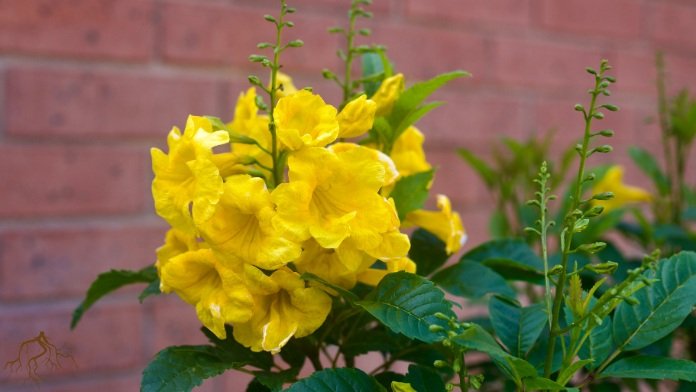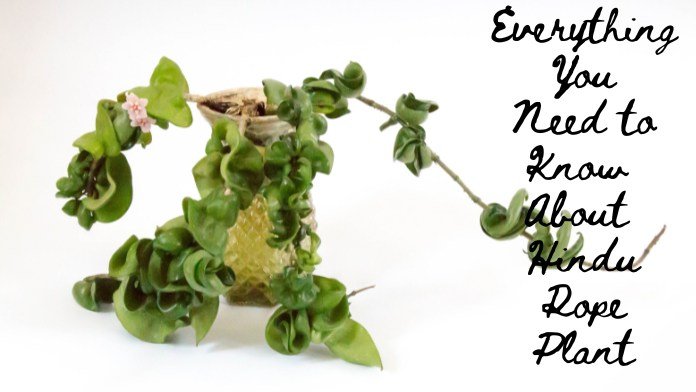How to Care Black Pepper Plant: Growing Tips And Tricks
November 10, 2024 | by Noor Nahar Tarin

The Piperaceae family includes the climbing plant known as black pepper (Piper nigrum). It is cultivated for its peppercorns, which are dried and used as condiments and spices. The fruit is a dark red drupe (stone fruit) with a peppery seed enclosed in a stone, and when fresh and fully mature, it is approximately 5 mm (0.20 in) in diameter.
Black Pepper Plant Benefits
Black pepper contains manganese, a mineral that promotes bone health, wound healing, and metabolism. One teaspoon of black pepper provides three percent of the recommended daily intake (RDI) for vitamin K and thirteen percent of the RDI for manganese.
The Health Advantages of Black Pepper
Black pepper’s bioactive compounds—piperine being the most significant—offer health advantages beyond enhancing food flavor. Black pepper gets its hot taste from piperine, a naturally occurring alkaloid. This is the primary component responsible for the health-promoting qualities of black pepper.
An antioxidant called piperine lowers the chance of developing long-term illnesses such as neurological disorders, cardiovascular disease, and atherosclerosis.
Additionally, this molecule improves the bioavailability of nutrients. Consuming black pepper improves your body’s ability to absorb nutrients.
Digestion and Intestinal Health
Black pepper increases the stomach’s production of hydrochloric acid, which improves meal digestion and absorption. Additionally, it contains carminative qualities that lessen gas buildup and digestive discomfort.
Immune-boosting
To stay healthy, you need a strong immune system, which black pepper can support. Its active ingredients stimulate white blood cells, which your body employs to combat invasive germs and viruses.
Types
Shinus terebinthifolia peppers come in black, green, white, and pink varieties. Processed peppercorns come in various hues, and any of them can be used to make the standard chili sauce.
Black Pepper
The pepper plant’s immature, green drupes are used to make black pepper. To clean the drupes and prepare them for drying, they are briefly boiled in hot water. The heat breaks down the pepper’s cell walls, activating the enzymes that cause the pepper to turn brown as it dries.
Drying pepper drupes in the sun or a machine for a few days causes the skin around the seed to shrink and turn black, forming a thin, wrinkled black covering that contains melanoidin. When dried, the spice is known as black pepper. The pepper berries are dried and then pounded into a powder for cooking. The powder can also be extracted to create essential oil.
White pepper
The seeds of the pepper plant’s ripe fruit, from which the thin, dark peel (pulp) has been removed, make white pepper. This is typically achieved via soaking, which involves immersing completely ripe red pepper berries in water for around a week to break down and soften the pepper’s pulp. The bare seeds are then dried after massaging to remove any remaining fruit. Other mechanical, chemical, or biological techniques may occasionally remove the seed’s outer coating.
White pepper is frequently used in Portuguese, Thai, and Chinese cookery. Because it stands out visually, it is occasionally used in place of black pepper in salads, light sauces, and other meals like mashed potatoes. White pepper has a distinct flavor because it lacks some of the chemicals in the drupe’s outer coat.
Green Pepper
Green drupes, like black pepper, are used to make green chilies. Sulfur dioxide, canned, or freeze-dried methods preserve the green hue of dried peppercorns. Green drupes preserved in vinegar or brine are called pickled green peppers.
Some cuisines, like Thai and Tamil, use fresh, uncured green chili drupes. They are described as “Spicy and fresh” and have a “bright aroma.” Nevertheless, they are inappropriate for international shipping because they decompose rapidly if not dried or kept.
How to Grow black pepper plant
Growing a black pepper plant from seed is the most popular method.
Select fresh seeds
Black pepper seeds’ effectiveness is short-lived and does not persist for several months. Select fresh seeds from a nearby garden center or a healthy plant.
Let the seeds soak
Let the seeds soak for the entire night to soften their thick seed shells. This will make it easier for seedlings to germinate.
Sowing the seeds
Plant the seeds three inches apart and a quarter of an inch deep in a high-organic-matter loam soil.
Make sure the soil is consistently moist and warm
As the seeds sprout and the leaves grow, water often to maintain the soil’s moisture content. Maintain a temperature of approximately 80 degrees Fahrenheit. Up to a month may pass before germination occurs.
Transplant
Move the baby plants into a container or garden after they are at least six inches tall.
5 Tips for Caring for a Black Pepper Plant
Black pepper plants need a lot of attention when being grown.
Give it the right light
If your climate has mild summers, black pepper plants thrive in full sun or partially shaded spots with roughly six hours of direct sunlight per day. If you wish to grow your pepper plant indoors, select a windowsill that receives lots of early sunshine.
Prepare the soil
In contrast to many other plants, black pepper prefers constant moisture. It thrives in dense soil that holds some moisture instead of well-drained soil.
Keep the soil moist
Black pepper plants need moist soil and cannot withstand drought. Water your black pepper plant frequently to keep the soil around its roots moist.
Keep the humidity high
High humidity is ideal for black pepper plants to flourish. If your climate isn’t naturally humid, you might choose to cultivate your black pepper plant indoors near a humidifier or in a greenhouse.
Keep the temperature warm
Black pepper plants thrive in temperatures over sixty degrees Fahrenheit because they are neither cold nor resilient. If local temperatures are expected to fall below sixty degrees Fahrenheit, consider bringing your black pepper plant indoors for the winter.
How to Harvest a Black Pepper Plant
Follow these steps to harvest mature fruits from a black pepper plant.
Wait until the fruit reddens
Immature peppercorn fruits grow in green clusters on the vine, gradually turning red as they ripen. Once the peppercorns have turned red, you can pluck them from the vine. (If you harvest the green peppercorns before they’re ripe, you’ll produce green pepper.)
Let the chilies dry
Separate the red pepper powder on a tray and allow it to dry for at least three days in the sun or a food dehydrator. When the peppers become hard and black, they are ready. (To make white pepper, remove the peppers’ red husks before drying them.) Whole peppers can be kept in an airtight container.
Grind them
To add black pepper to a dish, grind dry powder with a mortar and pestle or in a pepper mill. You can also keep the black pepper for subsequent use and rapidly grind the powder.
FAQ
Is it possible to cultivate black pepper?
Peppers can be grown in the ground if you are in USDA zones 11 or 12.
How long does a black pepper plant take to grow?
Young plants can bloom for 3 to 4 years, but even modest-sized plants can yield hundreds of peppercorns.
Is growing black pepper simple?
One of the best ways to make your spices is to grow your chili powder. However, compared to herbs, peppers can be more difficult to cultivate in a kitchen garden.
Which climate is ideal for black pepper cultivation?
The mountainous regions of the Western Ghats have a hot, humid climate that is perfect for farming.
RELATED POSTS
View all


